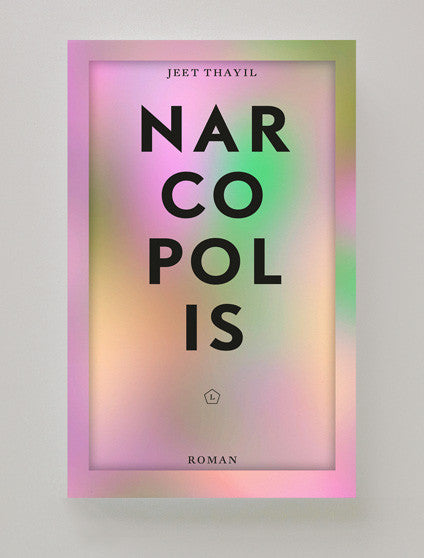


Dom brings a famous painter to the den, and then loses him just before his exhibition is due to open. The narrative slips between one character and another, like wisps of smoke from the opium pipes themselves, floating in various directions. Shuklaji Street was a fever grid of rooms, boom-boom rooms, family rooms, god rooms, secret rooms that contracted in the daytime and expanded at night. Slowly and tentatively, we are drawn into their dream-like world. He introduces us to characters who come through the doors – Rashid himself and his son Jamal, his clients and the central character Dimple, the eunuch, who prepares Rashid’s pipes.

Narcopolis opens in Rashid’s opium house on Shuklaji Street sometime in the 1970s. It is subtly narrated by Dom, a pharmaceutical company proofreader who whiles away hours in the opium rooms. The novel opens with an astonishing Prologue that features one sentence that is over six pages long and sets out Thayil’s goal of creating a microcosm of India in one long Bombay street. Jeet Thayil has poured his experience of his years as a drug addict in Mumbai into Narcopolis, a sprawling, hallucinatory journey through Bombay from the 1970s to the present day.


 0 kommentar(er)
0 kommentar(er)
